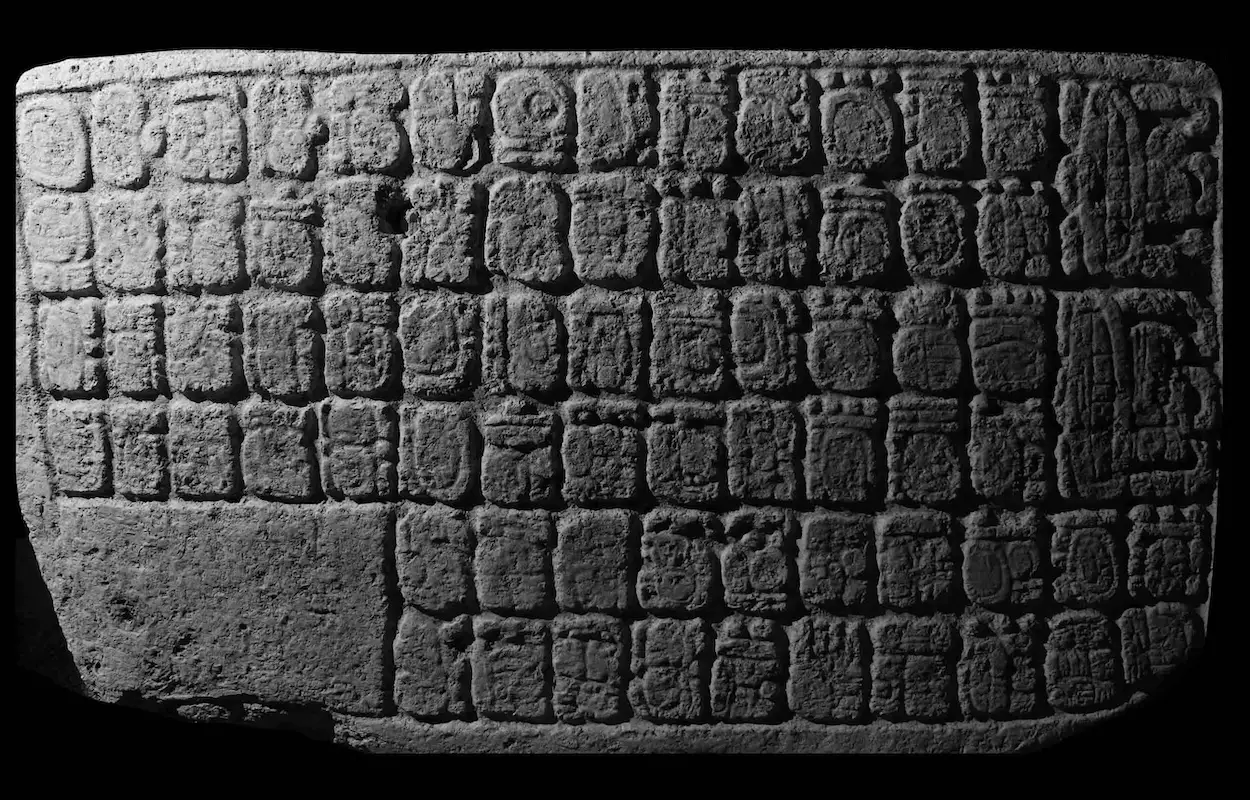Archaeologists and epigraphists have identified Ix Ch’ak Ch’een as a ruler of the ancient Maya city of Cobá during the 6th century AD.
Located in the Mexican state of Quintana Roo on the Yucatán Peninsula, Cobá was at the centre of the largest network of stone causeways in the Maya world. At its peak, the city is estimated to have had some 50,000 inhabitants, extending over an area of 80 km2.
The discovery, announced by Mexico’s National Institute of Anthropology and History (INAH), follows the recent decipherment of inscriptions carved on Foundation Rock, a large monument discovered in 2024 at the edge of a waterhole in the Nohoch Mul Group, an area dominated by Cobá’s tallest pyramid.
Although portions of the inscription were eroded, conservation efforts have allowed epigraphers David Stuart (University of Texas at Austin) and Octavio Esparza Olguín (UNAM) to recover key passages. Their readings reveal a series of dates, events, and divine references linked to Cobá’s royal dynasty.
One of the most significant inscriptions corresponds to the Long Count date 9.6.15.6.9 (May 12, 569 AD), tied to the establishment of a political institution known as kaloomte’ at a place called Kehwitznal or “place of the deer mountain,” believed to refer to the Nohoch Mul area.
The monument identifies Ix Ch’ak Ch’een as the central figure of this event, confirming her as a female ruler previously mentioned on Panel 7 and Stelae 26 and 30 at Cobá.
These stelae connect her to major building projects, including the Group D ballcourt and to the completion of a k’atun cycle dated 9.7.0.0.0 (December 8, AD 573 ).
Variations of her name, including Ix Ch’ak Ch’een Yopaat and associations with the deity K’awiil, further affirm her prominence in Cobá’s dynastic history.
The inscription also alludes to her enthronement and her relationship with local protective deities, such as Bolon Tz’akab Ajaw, or “Lord of Innumerable Generations,” figures linked to the mythic origins of Cobá.
According to Olguín: “In addition to information about Ix Ch’ak Ch’een, the text addresses passages related to the witz’ serpent , an entity associated with bodies of water, which had an intimate relationship with the aguada of the Nohoch Mul Group, a transcendental element within the landscape for the Cobá dynasty, and in whose vicinity the hieroglyphic text was engraved directly on the slab.”
Header Image Credit : Octavio Esparza.
Sources : INAH





